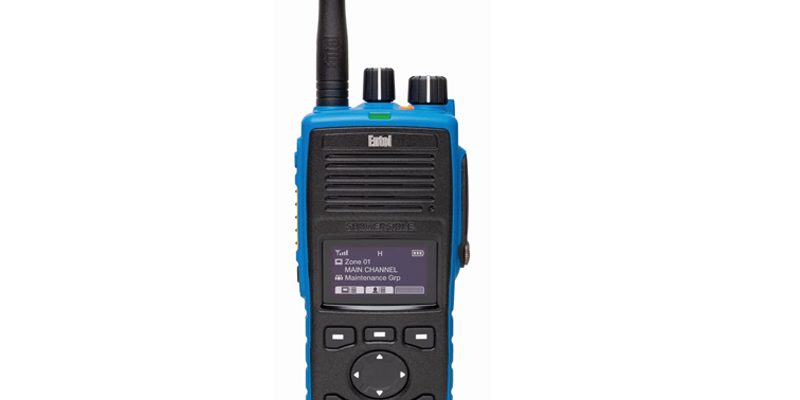
In today’s fast-paced world, effective communication is vital for seamless operations across various industries. Two-way radios have emerged as a reliable and efficient means of communication, enabling instant and clear communication over considerable distances. In this blog post, we will delve into the fascinating world of two-way radios and explore the factors that determine their range. Join us as we uncover the secrets behind the extensive coverage and discuss the practical applications of these versatile devices.
- Understanding Two-Way Radios:
Before we dive into the range capabilities, let’s first grasp the fundamentals of two-way radios. Also known as walkie-talkies, these handheld devices allow users to transmit and receive audio signals simultaneously. They operate on specific radio frequencies and are commonly used in industries such as public safety, construction, hospitality, and event management. - Factors Influencing Range:
The range of two-way radios can vary significantly based on several factors. Understanding these factors is crucial for optimizing communication efficiency. Here are the key elements that determine the range of two-way radios: a. Transmitting Power: The transmitting power of a radio directly affects its range. Higher power output results in a more extensive coverage area. However, it’s important to note that regulations govern the maximum power output allowed for different radio frequencies. b. Antenna Quality: The quality and design of the antenna play a vital role in determining the range. A well-designed antenna can enhance signal propagation and reception, thereby extending the communication range. c. Terrain and Obstructions: The physical environment in which two-way radios are used significantly impacts their range. Dense forests, mountains, buildings, and other obstructions can attenuate the signal, reducing the effective range. d. Radio Frequency: Different radio frequencies have varying propagation characteristics. Lower frequencies tend to have better penetration through obstacles but may have a shorter range. Higher frequencies, on the other hand, offer longer range but are more susceptible to signal degradation in obstructed environments. - Range Extenders and Boosters:
To overcome limitations imposed by terrain and other obstacles, range extenders and boosters can be employed. These devices amplify the signal, allowing for increased coverage. However, it’s important to consider legal restrictions and licensing requirements when using such equipment. - Practical Applications:
The extensive range of two-way radios makes them indispensable in various industries. Let’s explore some practical applications: a. Public Safety: Police, firefighters, and emergency response teams rely on two-way radios to coordinate operations and ensure effective communication in critical situations. b. Construction and Manufacturing: Two-way radios enable seamless communication between workers spread across large construction sites or manufacturing facilities, enhancing productivity and safety. c. Hospitality and Event Management: From hotel staff coordinating guest services to event organizers managing large-scale gatherings, two-way radios facilitate real-time communication, ensuring smooth operations. d. Outdoor Adventures: Two-way radios are popular among outdoor enthusiasts, hikers, and campers, providing a reliable means of communication in remote areas where cellular coverage may be limited.
Conclusion:
Two-way radios have revolutionized communication across industries, offering a reliable and efficient means of instant communication over considerable distances. Understanding the factors influencing their range and employing appropriate equipment can optimize their performance. From public safety to outdoor adventures, the applications of two-way radios are vast and varied. Embrace the boundless range of two-way radios and unlock a world of seamless communication.

